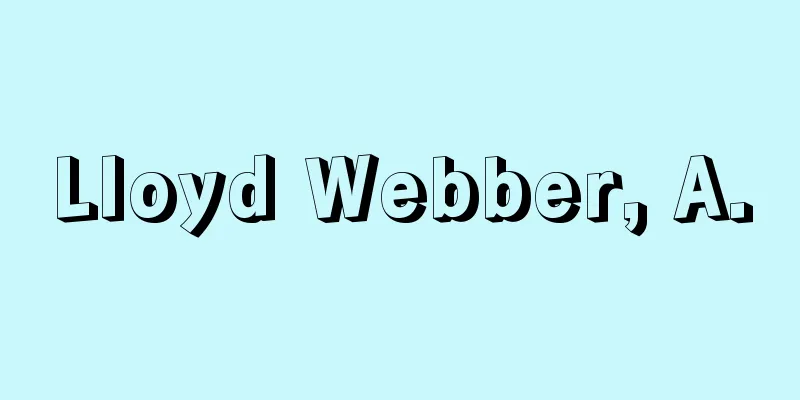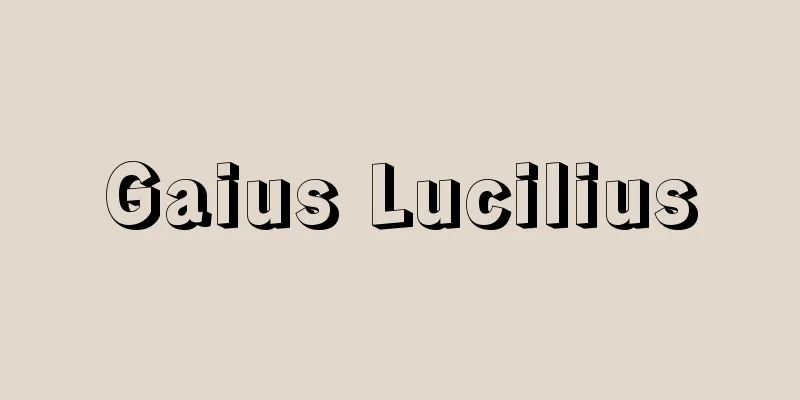Confessing Church (English: Bekennende Kirche German)

|
This church was established within the German Evangelical Church in opposition to the Nazi church policy. When Hitler came to power in 1933, the German Christian movement became active in response to this, and he elected L. Müller (1883-1946) as the Reich Bishop, and tried to promote the equalization of the Evangelical Church, that is, totalitarianism and nationalism. Pastors who opposed this gathered together in the "Emergency Union of Pastors." Its organizational leader was Niemöller, and its theological leader was Karl Barth. In May 1934, the first confessional conference was held in Barmen, where it was confirmed that neither faith nor institutions would be subject to the will of state power (Barmen Declaration). In October of the same year, the second confessional conference was held in Dahlem (Niemöller's parish) in Berlin, and the provisional leadership formed in November was approved at the third confessional conference in Augsburg in June of the following year 1935. The Evangelical Church split into the Confessing Church, which recognized the Barmen Declaration and the Provisional Leadership, and the Church of German Christians, which was led by Müller. Hitler appointed H. Kerrl as Minister of Church Affairs in an attempt to resolve the church struggle, but the Confessing Church was strongly opposed. Confessions also deepened within the Confessing Church, and the Lutheran Church, which disagreed with the provisional leadership, established its own leadership at the Fourth Confessional Conference in Bad Oenhausen in February 1936. In 1937 Niemöller was arrested and Barth retreated to Basel, but this did not mean the end of the church struggle, and pastors continued to resist in rural areas. After World War II, the German Evangelical Church was reorganized, using the Barmen Declaration as its starting point. [Teruo Yoshida] Source: Shogakukan Encyclopedia Nipponica About Encyclopedia Nipponica Information | Legend |
|
ナチスの教会政策に反対し、ドイツ福音(ふくいん)主義教会内に成立した教会。1933年ヒトラーが政権につくと、これに呼応してドイツ・キリスト者の運動が活発となり、ミュラーL. Müller(1883―1946)を帝国監督に選出し、福音主義教会の均制化、すなわち全体主義化と民族主義化を推進しようとした。これに反対する牧師たちは「牧師緊急同盟」に結集。その組織的指導者はニーメラー、神学的指導者はカール・バルトであった。34年5月、バルメンに第1回告白会議が開かれ、信仰も制度も国家の権力意志に左右されないことが確認された(バルメン宣言)。同年10月、ベルリンのダーレム(ニーメラーの教区)に第2回告白会議が開かれ、11月に形成された暫定指導部は翌35年6月、アウクスブルクの第3回告白会議で承認された。福音主義教会はバルメン宣言および暫定指導部を認める告白教会とミュラーに指導されるドイツ・キリスト者の教会とに分裂。ヒトラーはケルルH. Kerrlを教会相に任命し、教会闘争の解決を図るが、告白教会の抵抗は強かった。告白教会内部でも対立は深まり、暫定指導部と意見を異にするルター派教会は、36年2月、バート・オエンハウゼンでの第4回告白会議で独自の指導部を設立する。37年ニーメラーは逮捕され、バルトもバーゼルに退くが、これは教会闘争の終了を意味せず、地方では牧師の抵抗が続けられた。第二次世界大戦後、ドイツ福音主義教会はバルメン宣言を出発点として再編された。 [吉田輝夫] 出典 小学館 日本大百科全書(ニッポニカ)日本大百科全書(ニッポニカ)について 情報 | 凡例 |
Recommend
British Society for Japanese Studies
...After the war, in addition to the University o...
Tonden - Tonden
〘Noun〙① Before the Ritsuryo system, the fields wer...
Orton Rock, the Tailor-Poet
…He was once a professor of modern history at Cam...
Ortag (English spelling)
…Ortāg, a Muslim loan shark guild that was active...
Residence - Izumau
〘Self-Ha 4〙 (also "isumau") To straighte...
Ust'-Kamenogorsk (English spelling: Ust'-Kamenogorsk)
Former name of Oskemen, the capital of East Kazak...
Woodworker - Kijishi
〘 noun 〙 A person whose occupation is to make vess...
Flandrian transgression
…At a depth of about 20 to 30 meters, an unconfor...
"Okame Hachimoku" - "Eight Eyes from the Hill"
...After writing "Koueki Shinwa" in 177...
Voivoda
… According to the numerous Balkan legends about ...
Kiegyezés
...After attempts at federalism and centralism, a...
Paul Cézanne
A French painter, he is considered one of the gre...
Platycerium bifurcatum (English spelling) Platycerium bifurcatum
…[Shigeyuki Mitsuda]. … *Some of the terminology ...
Katamochi - Katamochi
...In addition to the technique of "hinerimo...
Te Deum (English spelling) [Latin]
This hymn begins with the words "Te Deum laud...









